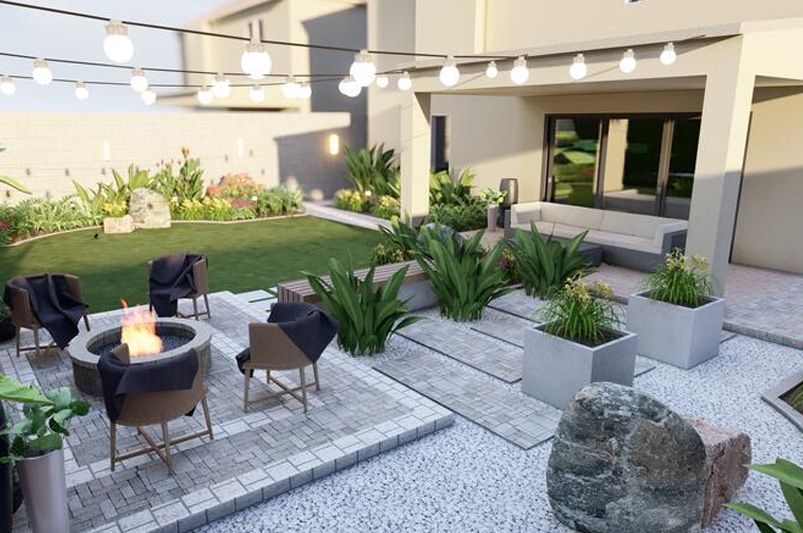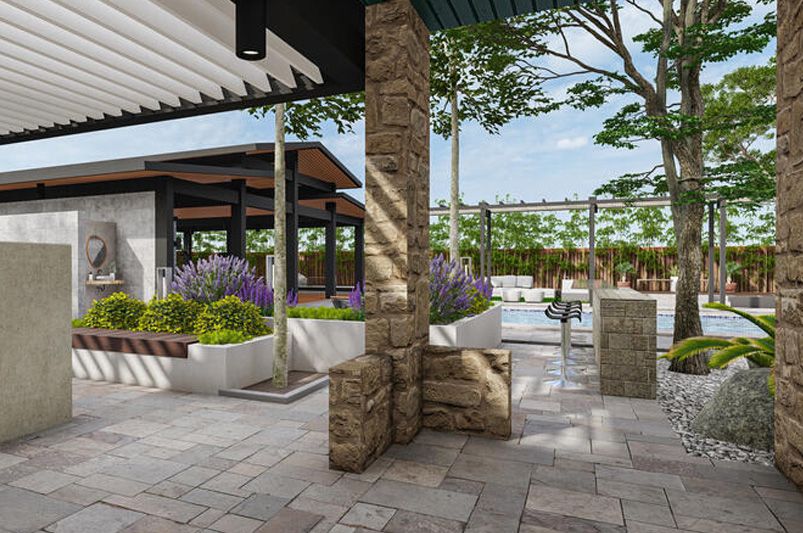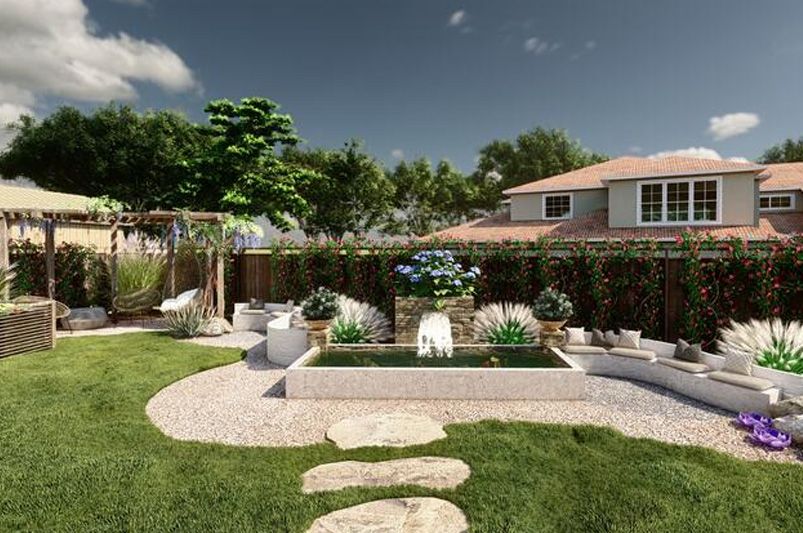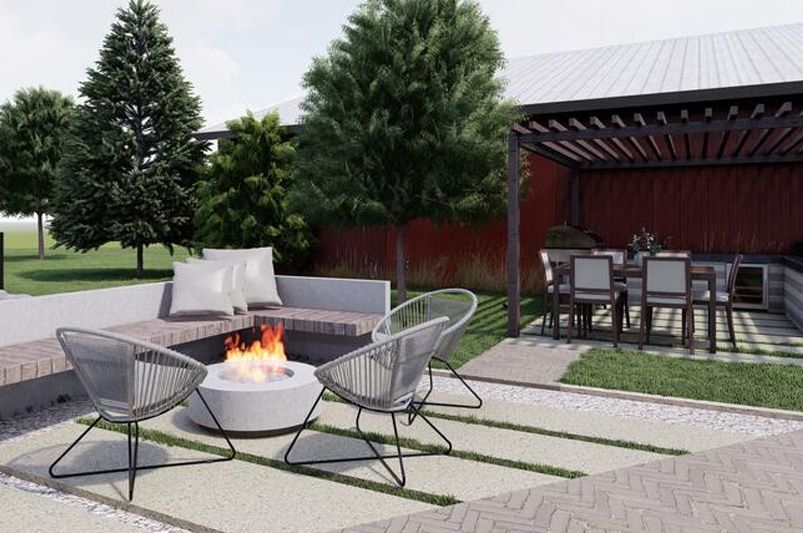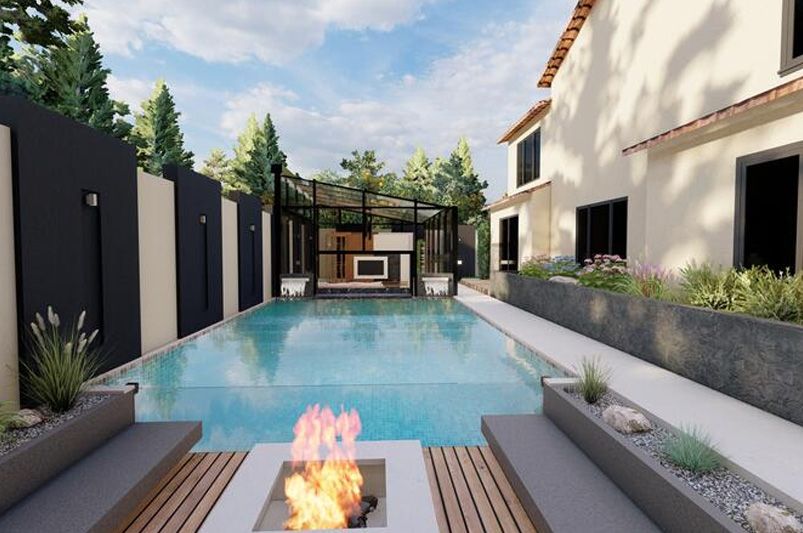
Mastering Hardscaping Basics: A Beginner's Guide
Published: 16/09/2024 | Updated: 15/09/2024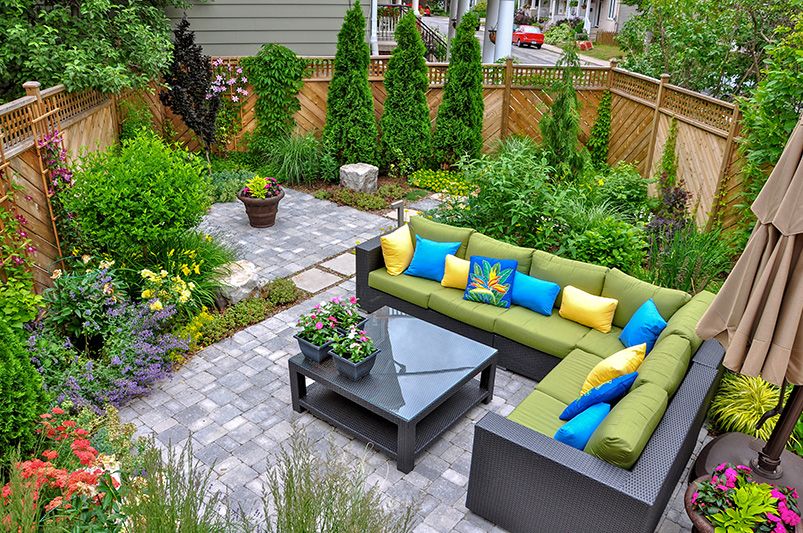
Key Highlights
- Boost Curb Appeal: Hardscaping instantly enhances your home's exterior, creating an inviting and well-maintained look.
- Functional Outdoor Spaces: Define distinct zones for dining, lounging, cooking, or even a serene water feature.
- Low-Maintenance Landscape: Opt for durable materials that require minimal upkeep, saving you time and effort.
- Increased Property Value: Well-executed hardscaping is an investment that can boost your home's overall worth.
- Creative Expression: Design a landscape reflecting your style through various materials, layouts, and features.
Introduction
Imagine walking into your backyard and seeing a lovely outdoor space. It feels like an extension of your home. This is what hardscaping can do. A good hardscaping project can change your outdoor area into a nice place where you can relax, host guests, and enjoy nature's beauty.


Understanding Hardscaping
Hardscaping is an important part of landscape design. It includes using non-living items in your yard. Some examples are patios, walkways, retaining walls, and outdoor kitchens. These features add beauty, usability, and charm to your outdoor space. By using hardscape elements in a smart way, you can connect nature and built spaces nicely.
Hardscaping does more than just improve how your yard looks. It helps shape how you can use your outdoor area. It defines boundaries and creates smooth transitions. It also helps with drainage and control of erosion. So, hardscaping combines good looks with practical benefits for your outdoor area.
Defining Hardscaping in Landscaping
In landscape design, hardscaping means adding man-made structures and materials. Hardscape elements are chosen and placed to work well with nature and improve the functionality of your landscape. Examples of hardscaping are patios, pathways, retaining walls, and water features. These can change a plain outdoor area into a nice and welcoming space.
Hardscape elements are not just pretty to look at. They also have practical uses. Patios give you a space for outdoor living. Walkways help people move around. Retaining walls stop soil from washing away. Water features bring a calm feeling. By carefully adding these elements, you can make a clear and useful landscape that fits your needs and shows your style.
The Role and Importance of Hardscapes in Outdoor Spaces
Hardscapes are important for your outdoor space. They give it shape and definition. A well-placed patio can become a focal point, catching your eye and giving a purpose to the area. Picture a comfy seating area around a fire pit. It invites you to relax under the stars.
Also, adding outdoor structures like pergolas, arbors, or a simple stone wall can bring height and interest to the landscape. This mix of heights and textures makes the space feel deeper and more lively, turning a boring yard into a fun place to be.
Hardscaping is not only about looks; it's also about improving the functionality of your outdoor space. By setting clear areas for dining, entertaining, or just relaxing, you make a flow that helps everyone enjoy the outdoors even more.
Preparing for Your Hardscaping Project
Successfully finishing a hardscaping project needs good planning and preparation. Start by carefully looking at your outdoor space. Consider factors like soil conditions, how much sunlight it gets, and the plants that are already there. Make sure to have proper grading and add good drainage solutions. This will help stop water damage and ensure that your hardscape features last a long time.
Assessing Your Space and Needs
Before starting a hardscaping project, take a moment to look carefully at your outdoor space. How do you want to use this area? Do you imagine it as a warm outdoor living room, a special dining area, or a peaceful reading spot? Figuring out your needs is very important.
Think about the square footage you have. How can it best fit what you want? Do you need a big space for hosting many guests, or do you want a small cozy place for quiet times? Knowing your needs will help you make design choices. It will make sure your hardscaping project works well with your lifestyle.
Tools and Materials You Will Need
Choosing the right materials is important for making your project look good and last a long time. Popular material options include natural stone like flagstone or slate. These stones have their own colors and textures. If you want a modern look, you can use concrete pavers or concrete blocks. They are strong and work in many ways.
Composite materials can make your project look like natural wood but need less care. This makes them a great choice for decks and pergolas. Keep in mind that every material has its advantages and disadvantages. This can include cost, maintenance, and how well it fits different climates.
Step-by-Step Guide to Basic Hardscaping Projects
Starting a hardscaping project can be a lot to take on, but using a step-by-step method can lead to the best results. From planning the design to adding the final details, a clear process will help you along the way. This makes the experience enjoyable and satisfying. Whether you have a lot of experience or are just beginning, these steps will give you the knowledge and confidence you need to complete your hardscaping project.
Step 1: Designing Your Hardscape Layout
A good hardscape design blends style, function, and your personal touch. Start by drawing a layout for your area. Think about where you want to place patios, walkways, and other features. Do you see an outdoor kitchen as a focal point? Or maybe a winding path that leads to hidden garden beds?
Consider how spaces will flow and connect. A softly curved path feels more natural than a straight one. Don’t forget to think about sunlight for planting and shade at different times throughout the day.
Step 2: Ground Preparation for Hardscaping
Once you finish your design, it's time to prepare the area for your hardscaping features. Proper grading is important for good water runoff and to stop water from pooling around your patios and walkways. By sloping the ground away from buildings, you lower the chance of water damage. This also creates a better base for your hardscape.
Depending on your soil type, you might need to add or take away topsoil to get the right grade. Also, make sure any underground utilities are marked so you don’t damage them while digging.
Step 3: Installing the Base for Pathways and Patios
Creating a strong base is very important for the lasting quality and stability of your concrete patio, pathways, and other hardscape areas. A compacted layer of gravel or crushed stone that is about 4-6 inches deep makes a solid foundation. This helps to stop sinking and shifting as time goes by.
For walkways, compacting the gravel base helps keep the surface flat for laying pavers or stones. For patios, this strong base gives a flat surface and stops the pavers from cracking or moving. This step is key for getting a neat and durable hardscaping project.
Step 4: Laying Pavers or Stones
With the base ready, it is time to add your design by laying pavers or stones. You can choose from many styles and materials, like the classic look of natural stone or the sleek style of concrete pavers.
Whether you want to make a nice flagstone pathway or a large brick patio, take your time when placing each piece. Use a rubber mallet to softly tap the pavers into place. This will help them fit well and stay level. Don't forget to leave even spaces between the pavers so you can add jointing sand. This sand helps keep the pavers in place and stops weeds from growing.
Step 5: Finishing Touches and Maintenance Tips
Once your hardscape elements are set, it's time to add the finishing touches to your outdoor space. You can add comfy seating to your patio. Or, create a friendly seating area around a fire pit. Adding cozy lights will help to improve the evening mood. These are just some ways to make your space more personal.
Also, remember to follow regular maintenance tips. Sweep away debris, pull out weeds, and clean the surfaces from time to time. This will help your hardscape look great. You might also want to apply a sealer to the pavers or stones. This will protect them from weather damage and stains.
Conclusion
In conclusion, hardscaping is an important part of landscaping. It adds both structure and usefulness to outdoor spaces. When you understand how hardscapes work and why they matter, you can assess what you need. Following a step-by-step guide can help you create beautiful and useful hardscaping projects.
This can include designing pathways, patios, or adding finishing touches. Taking care of your hardscape is essential for keeping it in good shape over time. You might want to use affordable materials and choose plants that match your design. This can improve how everything looks together. Begin your hardscaping journey with confidence. Well-done projects can make your outdoor living experience better and can even raise your property value.
Frequently Asked Questions
What Are the Most Cost-Effective Hardscaping Materials?
Some of the least expensive hardscaping materials are concrete blocks, gravel, and recycled aggregates. They are strong and not too pricey. These popular materials can fit different styles and still keep your costs low.
How Do I Choose the Right Plants for My Hardscape Design?
Choosing plants that fit well with your hardscape is important. You should think about things like how much sunlight the area gets, what the soil is like, and what style you want for your outdoor living space. Pick plants that improve curb appeal and help to create focal points in your overall design.
Can Hardscaping Improve Property Value?
Yes, hardscaping is a good investment that can boost your property value. A nice outdoor living space with features that improve functionality and curb appeal is very attractive to potential buyers.
Need Assistance for a Complete Landscape Makeover?
Shrubhub’s landscape design packages can significantly transform the lives of homeowners by delivering customized, professional landscaping plans tailored to their unique space and personal style. With the ease of online collaboration, you are guided step-by-step through a design process that fundamentally reshapes your outdoor environment. The result is an aesthetically pleasing and functional outdoor living area that maximizes the potential of your property.



